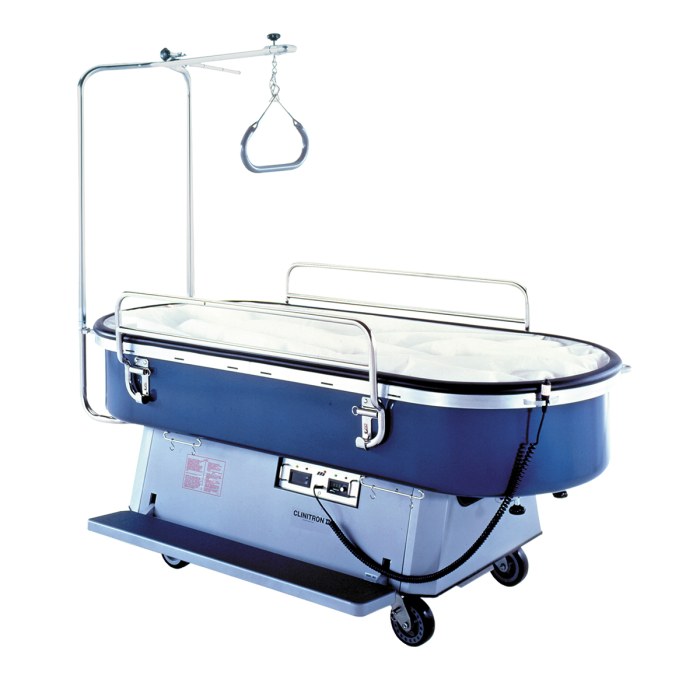- Community
-
Programs
- Schools
-
Careers
- RN Specialties
- Best RN Jobs and Salaries
- Aesthetic Nurse
- Nursing Informatics
- Nurse Case Manager
- NICU Nurse
- Forensic Nurse
- Labor and Delivery Nurse
- Psychiatric Nurse
- Pediatric Nurse
- Travel Nurse
- Telemetry Nurse
- Dermatology Nurse
- Nurse Practitioner
- Best NP Jobs and Salaries
- Family NP (FNP)
- Pediatric NP
- Neonatal NP
- Oncology NP
- Acute Care NP
- Aesthetic NP
- Women's Health NP
- Adult-Gerontology NP
- Orthopedic NP
- Emergency NP
- Psychiatric-Mental Health NP (PMHNP)
- APRN
- Nurse Educator
- Nurse Administrator
- Certified Nurse Midwife (CNM)
- Clinical Nurse Specialist (CNS)
- Certified Registered Nurse Anesthetist (CRNA)
- Resources
- Education

ECMO
26 Posts
So I posted a bit about myself yesterday explaining that I'm not actually a nurse, but due to my life long medical conditions, and being in hospitals so many times, I just know the medical field, and study it very thoroughly, I have joined allnurses!
I love to learn, and one of my many aspects of the medical field I like to study, is specialty beds. I find those very interesting to learn about. I've studied the Clinitron bed as best as I could for years, but there was limited info that I could get my hands on. I've looked for the User's Manual online, and can't find it. I called Hill-Rom, but they now work with Baxter, and the training modules of the Clinitron bed don't exist anymore. I've never gotten the chance to ask a nurse questions about these beds before. But I've accumulated so many questions about these types of beds, that it's not even funny. I know it's not typical for a patient to be asking these types of a questions, but I'm a patient who thinks like a medical professional. I've studied the medical field THAT MUCH!!! So It's going to be weird as I post questions in the allnurses community, but I'll do it in a professional way as best as I possibly can.
As for the Clinitron beds. I want to know more about these beds than I do. I understand that these are silicone coated ceramic beads. I know they are inside of an air mattress, and there's a blower that blows air thus blowing this sand/Beads, in a manner that essentially creates a fluid like material. This allows the patient to float essentially and helps reduce pressure on the skin to allow pressure ulcers to heal. There is a hospital version, and a home version of the Clinitron beds. The Clinitron bed also blows heated air through the beads!
There are things I don't understand about the bed. Keep in mind, I am legally blind. I can see sme, but not that much. I know there are the silicone coated ceramic beads in the air mattress. But what I don't understand is isn't there also those beads in the bottom of the bed? Somebody said the Clinitron bed is shaped like a bathtub, but there are several versions of the Clinitron, being that they were developed in the 1960s by tHill-Rom.
I've been in ICU beds, but I've never actually had to be in a Clinitron bed, for which I AM VERY THANKFUL, because I've never had a pressure ulcer that severe. I've come close, but thankfully never needed this type of air fluidized bed. I want to learn more about the Clinitron bed. Being that I can't find the manual, and It's been YEARS since I took the training module on the bed that Hill-Rom had, I'm trying to refresh my mind on what bit I was able to learn about the Clinitron beds. If someone could help describe what this bed looked like, It'd help me understand it better I think. I know the beds have now been replaced with new sand beds, like the Hill-Rom Envella bed. There's suppose to be a training module on this bed, but I can't locate it. So to those who read this, and can answer my questions, (THANK YOU!) Have a great day, and GOD BLESS!!